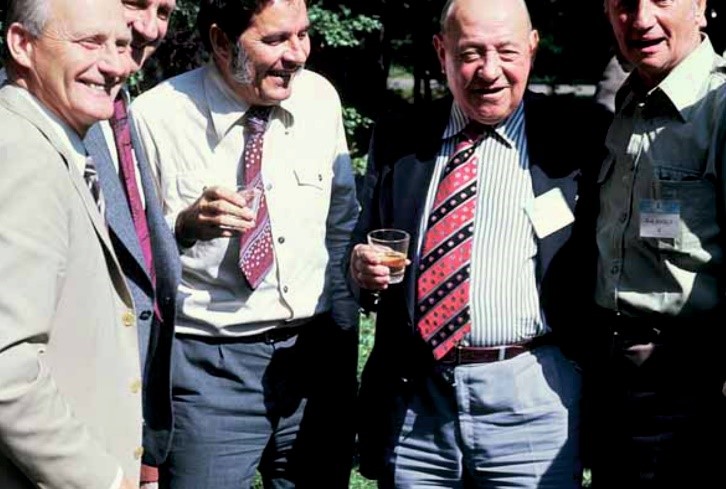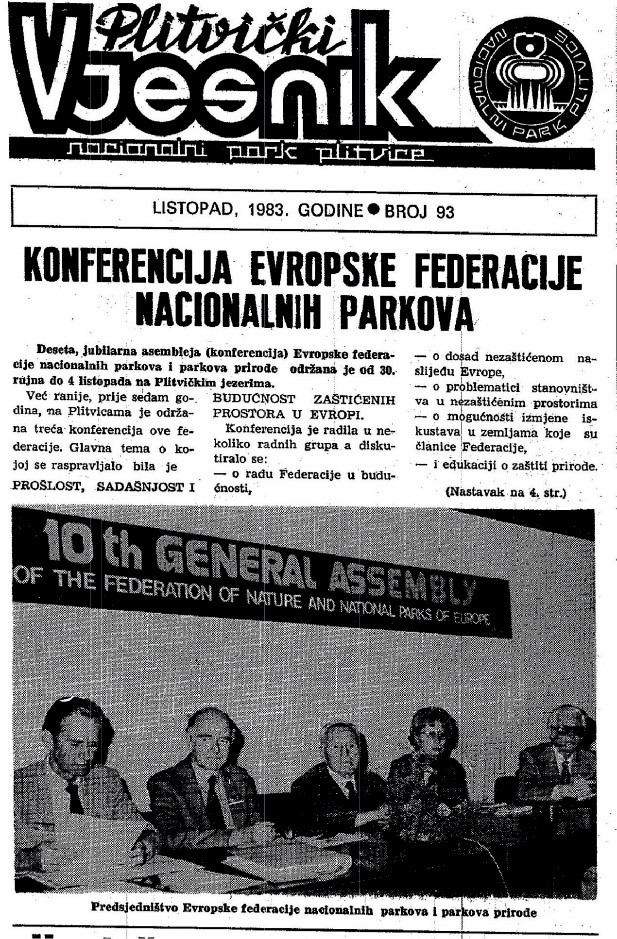The EUROPARC Federation is an organisation with almost 400 members from 38 countries, most of which are protected areas across Europe. Membership is also made up of national agencies, civil society organisations, etc. The Federation is financed primarily by membership fees, as well as funds collected from different projects and programmes. The Council of the EUROPARC Federation consists of 10 members with a President. The EUROPARC Federation is represented by the Directorate comprised of an international team of associates based in Regensburg (Germany) and Brussels (Belgium). The team is responsible for projects, programme management, lobbying, organisation of various events and everyday management of the Federation. There are 8 sections within EUROPARC, with the members assigned to each section based on their geographical location, whose aim is to contribute to sharing experience and knowledge about similar problems faced by members in the process of protecting nature or managing a protected area. There is also a transboundary network) of protected areas, where the managements of protected areas successfully cooperate regardless of the fact that they are located in different countries with, sometimes, different legislative frameworks.
How was EUROPARC created? By the Decision from 1973, 7 members from different European countries founded the Federation of Nature and National Parks with the aim to improve management of protected areas through international cooperation, connection and sharing of experience. The Federation was initially registered in Basel (Switzerland), before moving its operations to Germany (Grafenau, and finally Regensburg) in the 1980s. Since 1991, it has been operating under the name EUROPARC. Eventually, the Foundation initiated the Junior Ranger Programme and, in the area of sustainable tourism, the award of the Charter for Sustainable Tourism to protected areas that stand out as sustainable destinations, carried out through a rigorous selection process. It is interesting to note that, in Croatia, this Charter has so far been awarded to Kornati National Park, Lonjsko Polje Nature Park and Medvednica Nature Park.
One of the founders and the first president of the Foundation, Dr Alfred Toepfer, supported the Foundation financially in its early days, and his legacy lives on through the Alfred Toepfer Scholarship for young professionals in the area of nature protection and the Alfred Toepfer Medal awarded to individuals who have contributed significantly to the protection of nature in Europe. The Plitvice Lakes National Park plays an important part in the story of the EUROPARC Federation. It served as the venue for the meeting of the General Assembly of the Foundation held in 1976, attended also by one of its founders, Dr Herbert Offner (Figure 1).

As mentioned in the edition of the Plitvički Vjesnik newspapers at the time, in 1983, the meeting of the General Assembly and the conference of the Federation on the topic “The past, present and future of protected areas in Europe” was held in the National Park (Figure 2). It was a great honour to have the honorary president, Dr Alfred Toepfer, also present at the conference. Ing. Josip Movčan, an employee of the National Park at the time and a person who without a doubt contributed significantly to the development of the visitor system at the Park, was appointed as the new vice president. Various future activities of the Foundation were agreed on at the conference, which had only 60 participants, whereas the conferences today usually have over 300 participants not just from Europe, but from all over the world.

This long tradition and relationship between the EUROPARC Foundation and the Plitvice Lakes National Park is certainly very impressive. As long-time members of the Foundation, we have had the chance to participate in conferences and various workshops, and to become part of the Central and Eastern Europe section, but more than anything else, we are given the opportunity to connect with other protected areas and exchange experiences in managing them so that we can together protect the nature of Europe!
Read other interesting stories from the Plitvice Lakes National Park

